It was so good to go out this morning to find that the snow was already starting to thaw. I let the girls out, poop picked the chicken shed and then closed the shed door for the first time in days. I returned the food and water dish to their usual spot on the patio.
The patio area was dark and gloomy from the snow on the roof but the run was light. I decided to dig the top part of the run for the girls to go out in. I soon realised that they wanted to go to the bottom part of the run where it was lighter still so I ended up digging the whole run to get rid of as much snow as I could.
I then set about clearing the snow from the patio roof. Because its corrugated plastic it isn’t an easy job. We keep a section of drain pipe with a bend on the end for this. I went up the step ladder and had to clear each groove individually with the bend of the pipe. I started at half way across the width and pushed the snow to the far edge. I then went back to the half way point and pulled the snow towards to me.
Once I had finished clearing the roof the patio area was much lighter. It took me an hour to complete all these jobs.
When I went back up to the chickens a little later Speckles was missing. I then noticed that Emerald was looking in the nest box so I lifted the lid and there was Speckles settled in the nest box. More eggs on the horizon?
I went back indoors to get my camera but as soon as I lifted the lid Speckles rose up towards me.
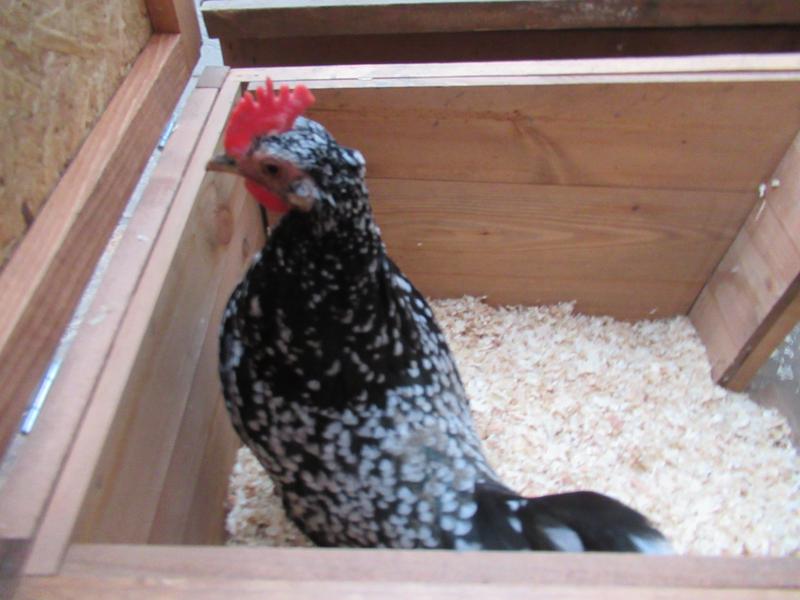
What are you looking at!
The photo is out of focus because Speckles was moving but you get the gist. Notice how red her comb is now. As I had disturbed her she promptly left the nest box and Emerald went in.
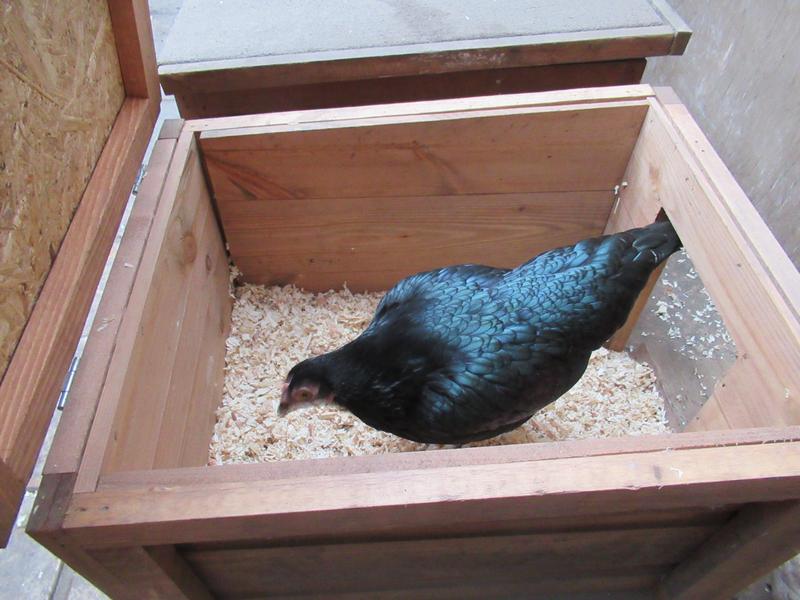
Emerald takes a look at the nest box
I think at this stage Speckles is just getting familiar with the nest box in readiness to start laying soon. When I next went up to the girls Speckles and Emerald were having a dust bath.
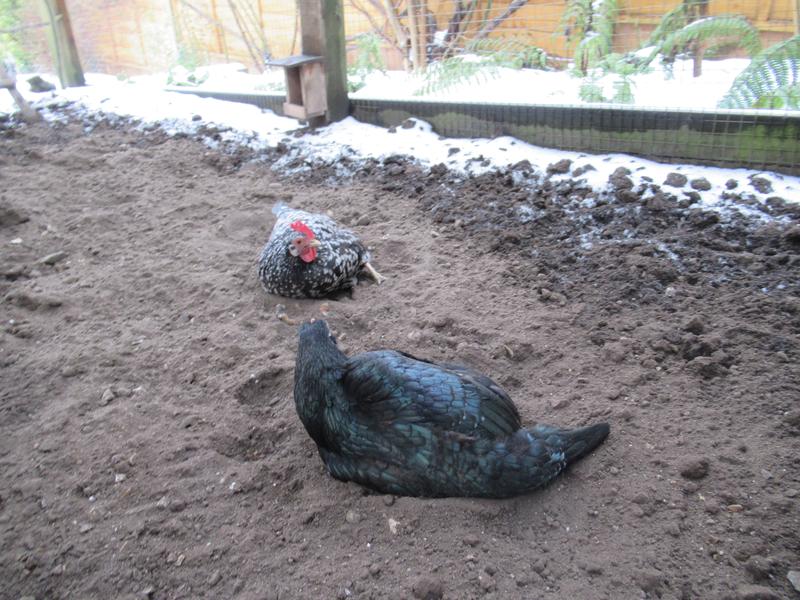
Speckles and Emerald have a dust bath
It must be so nice for the girls to have a proper dust bath again. They had been using the space under the shelters at the beginning of the bad weather. When most of the run was frozen the area inside the shelters stayed unfrozen which is another handy bonus of the shelters.
However after being confined to the patio area and chicken shed for the last couple of days it must have been good to get out into the run for a proper dust bath.
The next time I checked on the girls Freckles was in the nest box and Cinnamon was in and out of the other nest box.
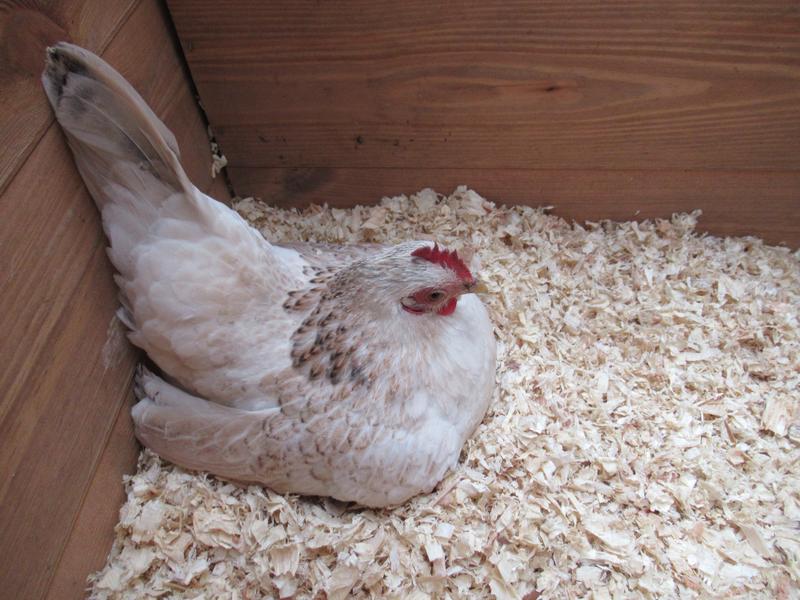
Freckles in the nest box
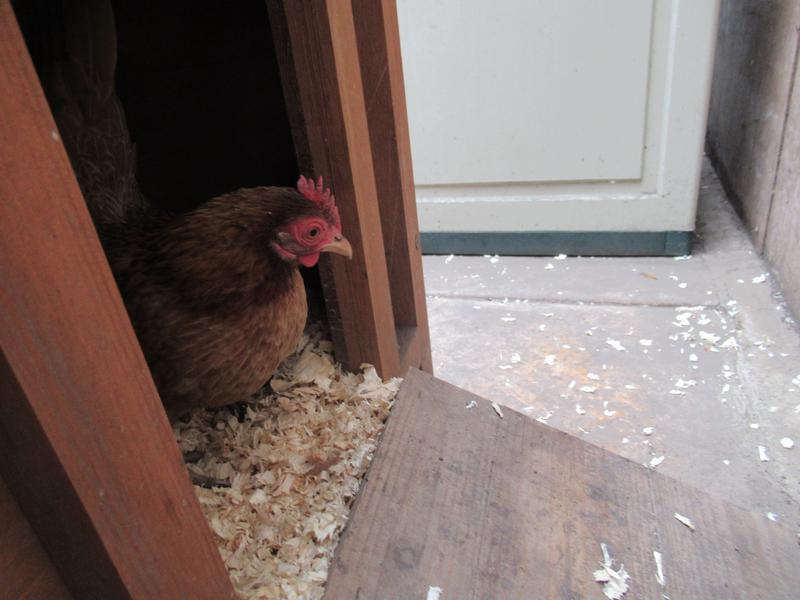
Cinnamon in the other nest box
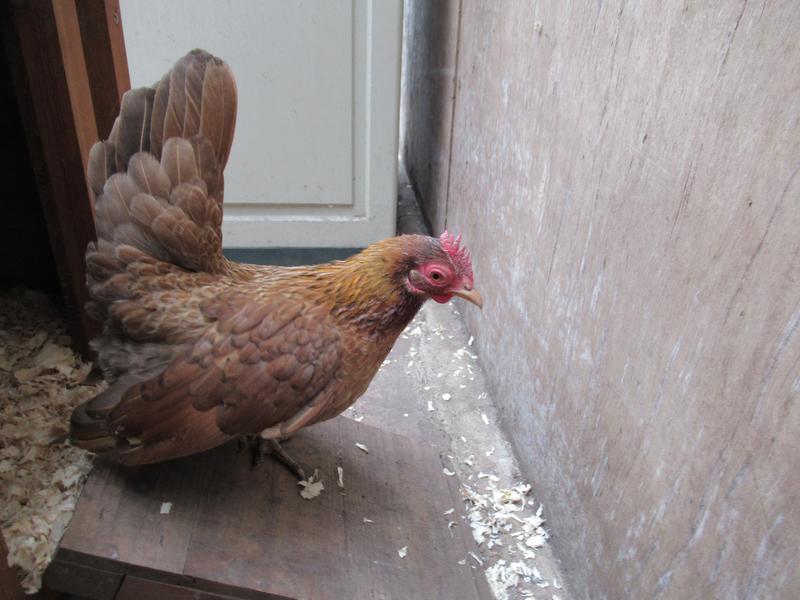
And coming out again
Shortly after this Freckles laid her typically, round egg, the second this year. Freckles is a no nonsense girl when it comes to her egg laying. She settles in the nest box and quite quickly gets the job done. Cinnamon however likes to spend a bit of time deciding which is the best place to lay her egg. She will be in and out several times before settling down.
Notice how red Freckles and Cinnamon’s combs are. In fact all the girls’ combs are getting more colour. Even Dandelion’s comb is getting some colour and Emerald’s tiny comb has turned from white to pink.
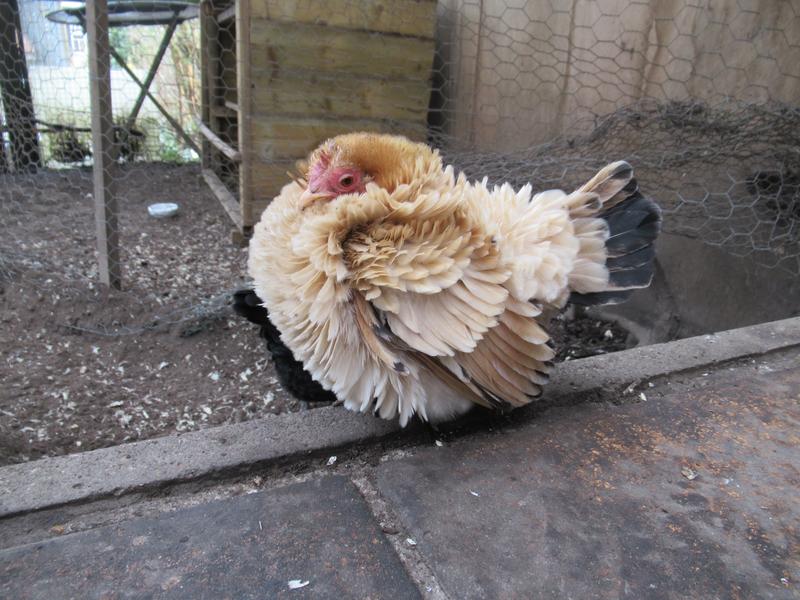
Dandelion’s comb has a bit of colour
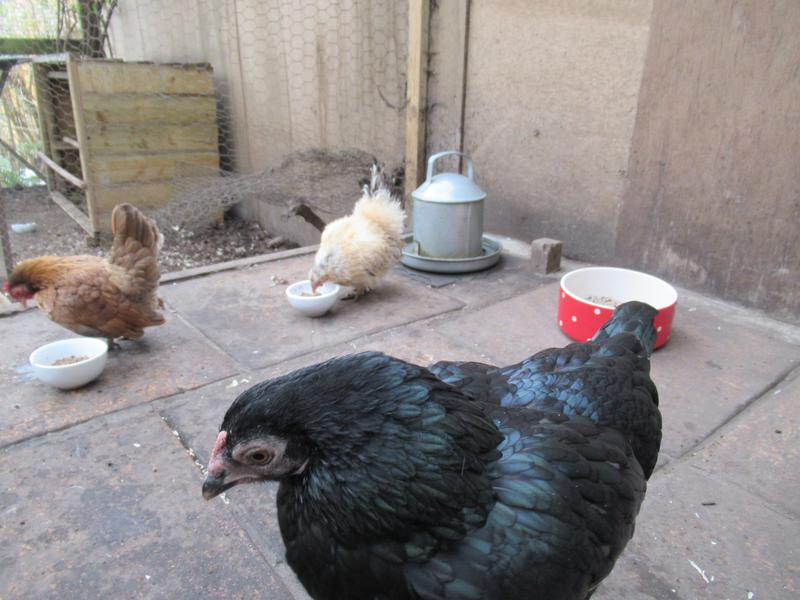
Emerald’s comb is pink
When I next checked the girls Cinnamon had just laid her egg. I think she had been waiting to have the favourite nest box, nearest the chicken shed, which all the eggs have been laid in so far this year.
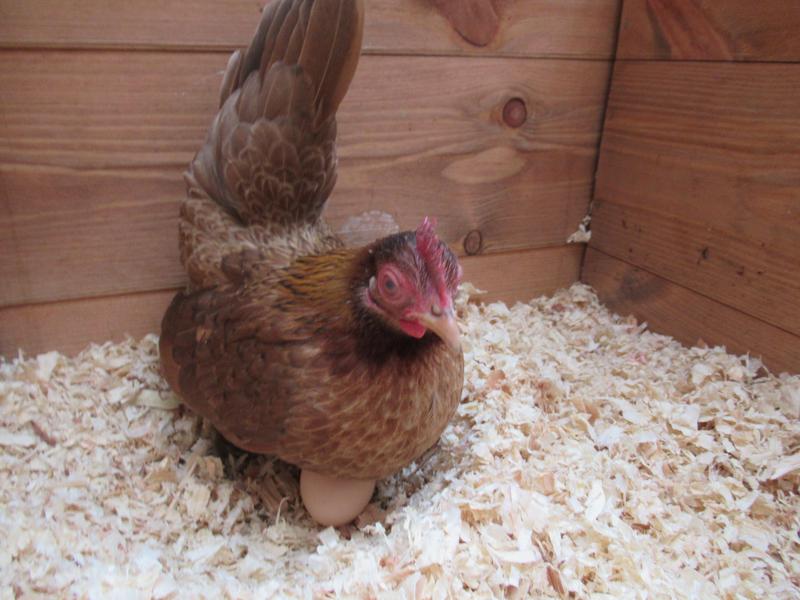
Cinnamon has just laid her egg
Freckles has now laid two eggs and Cinnamon three. We have five little eggs for Sunday breakfast tomorrow. I wasn’t expecting to get enough for breakfast quite so soon. It will be a lovely treat.
Not to miss out Apricot, even her comb is a peach colour.
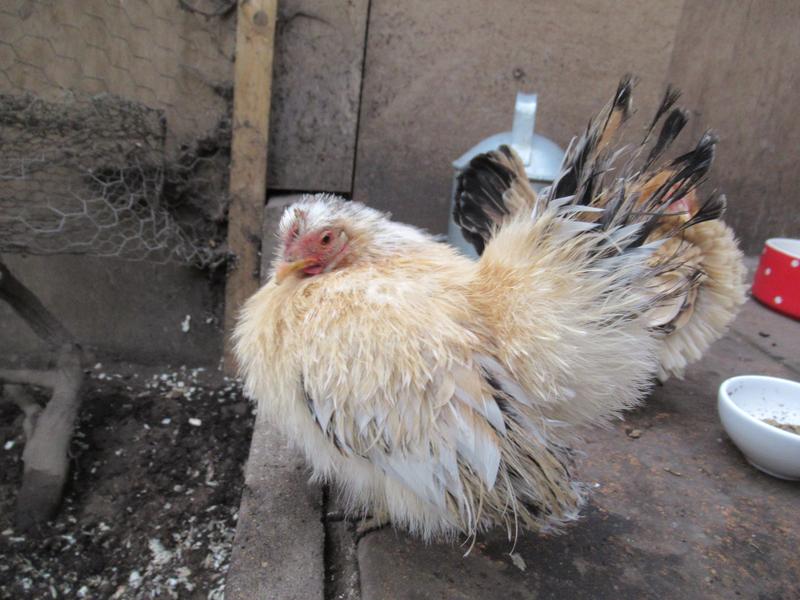
Apricot’s comb is a peach colour
The snow is thawing fast and dripping in to the run. The garden path is slushy and dirty. Rain is forecast tonight and tomorrow so the snow will soon get washed away. It is so nice not to need to worry about defrosting the chickens’ water.
Tomorrow will be day five on the tylan so I will make it the last day. Dandelion seems back to normal today so I think the girls are going to be okay and I think we will soon be getting more eggs. Everything is getting back to normal, hurrah!

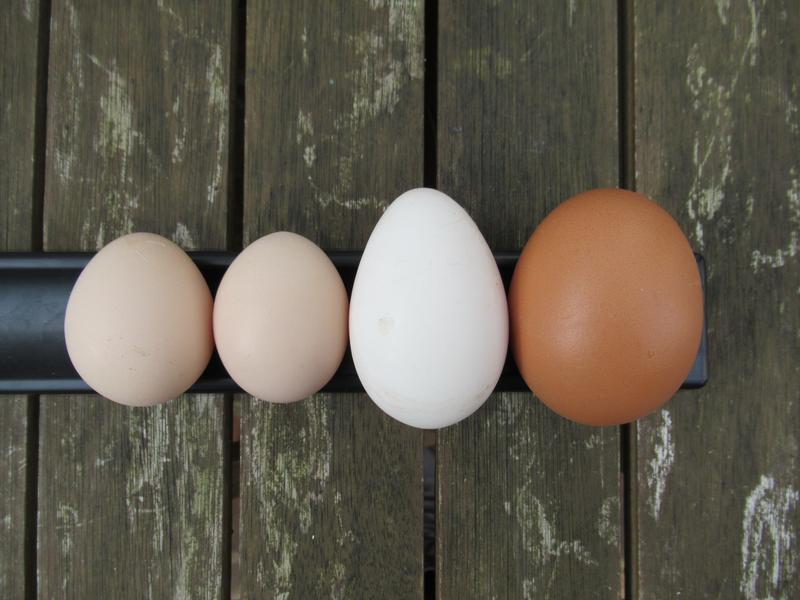
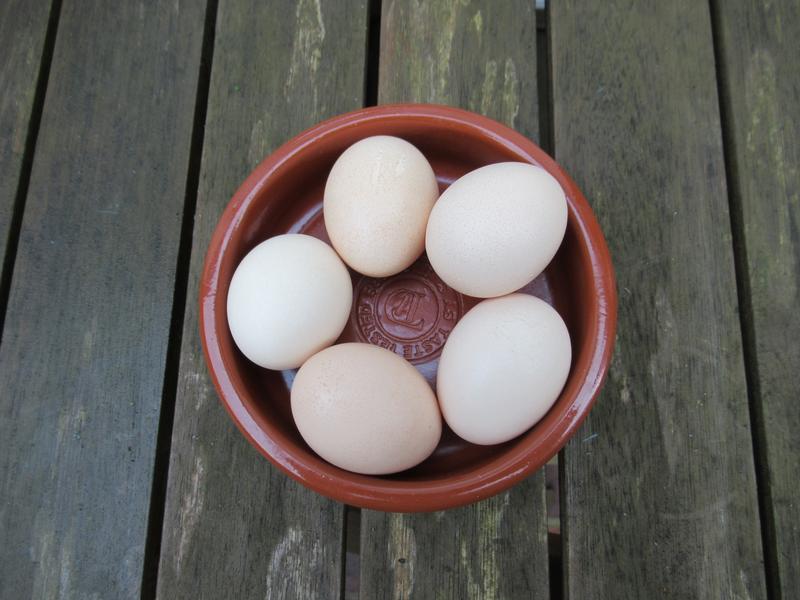
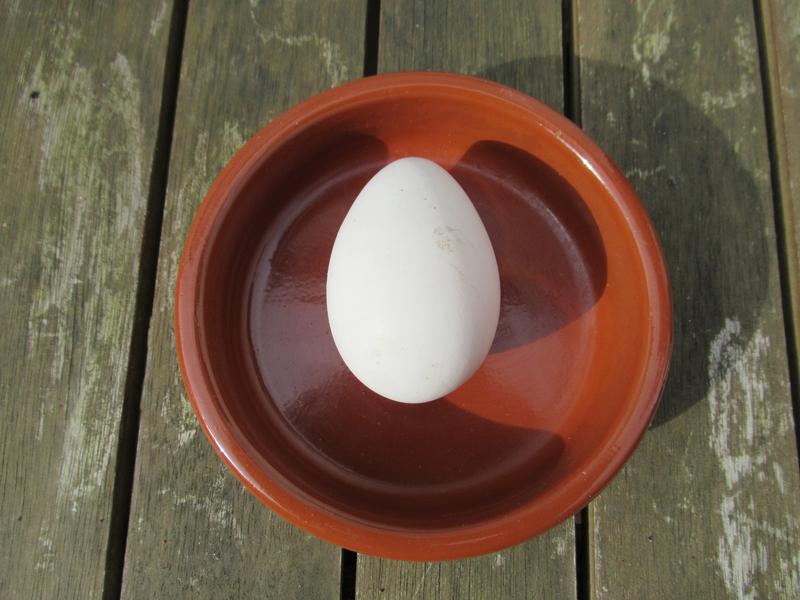
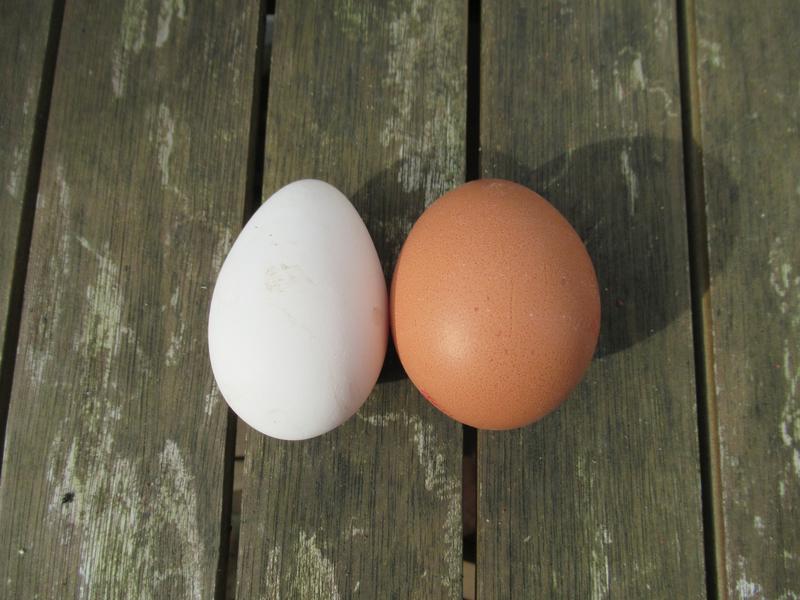
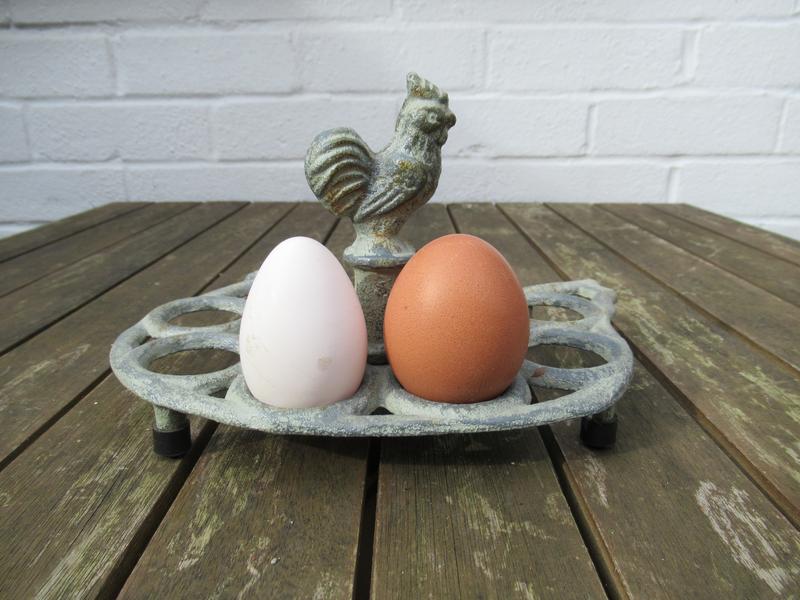
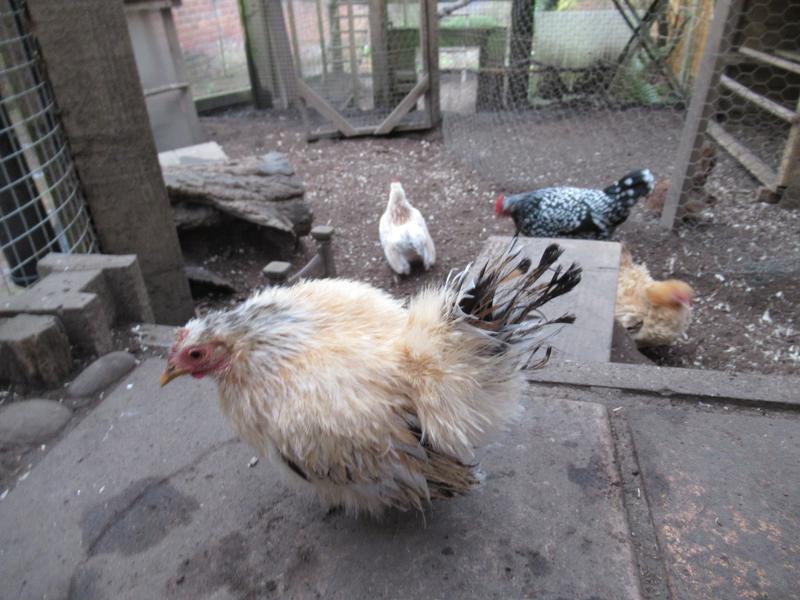
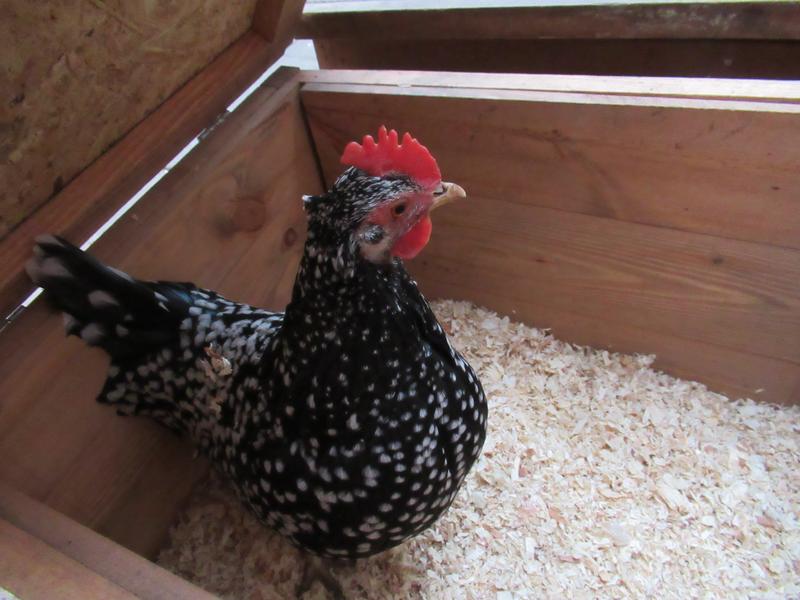
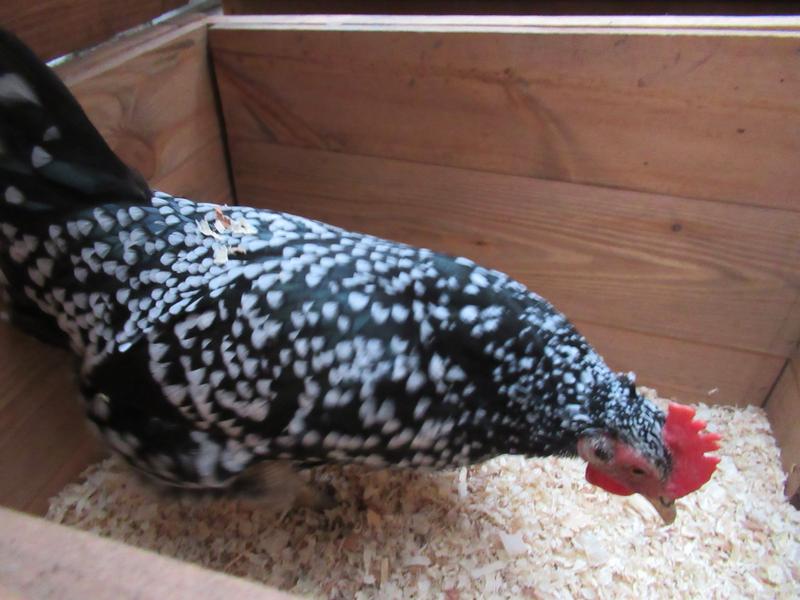











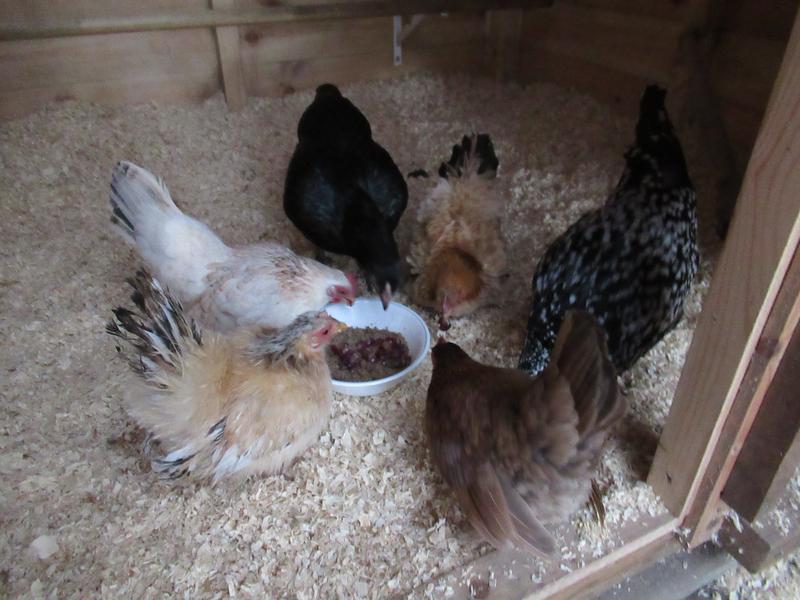
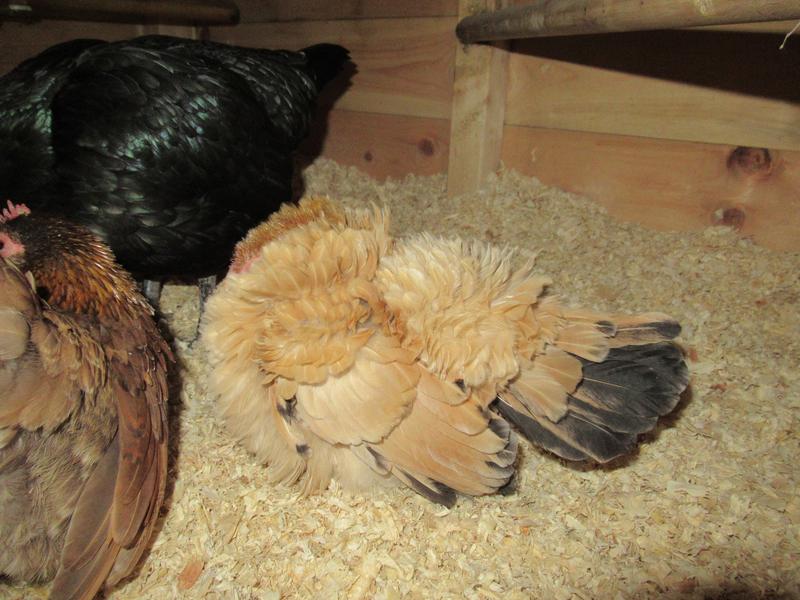

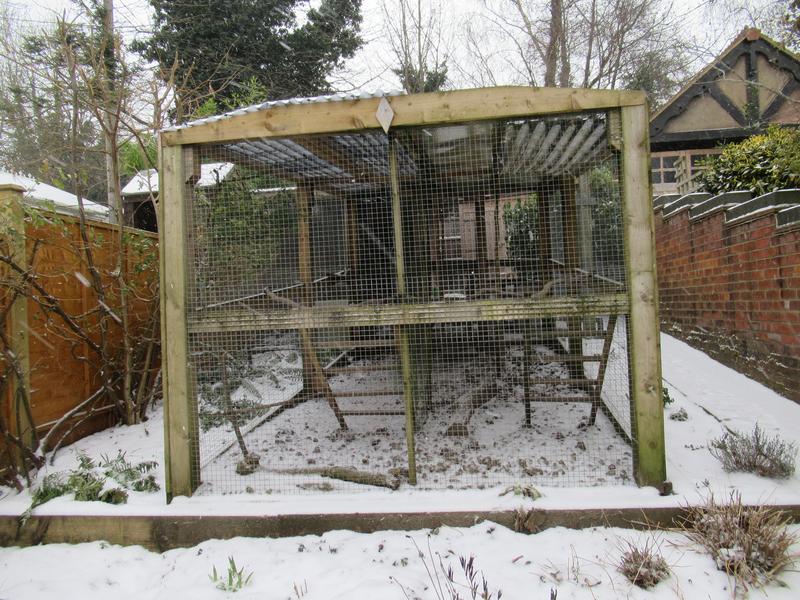
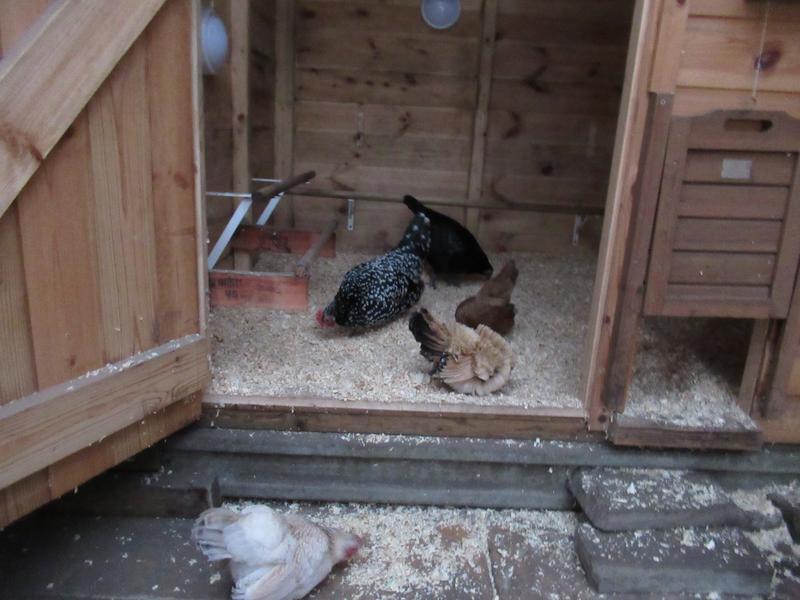
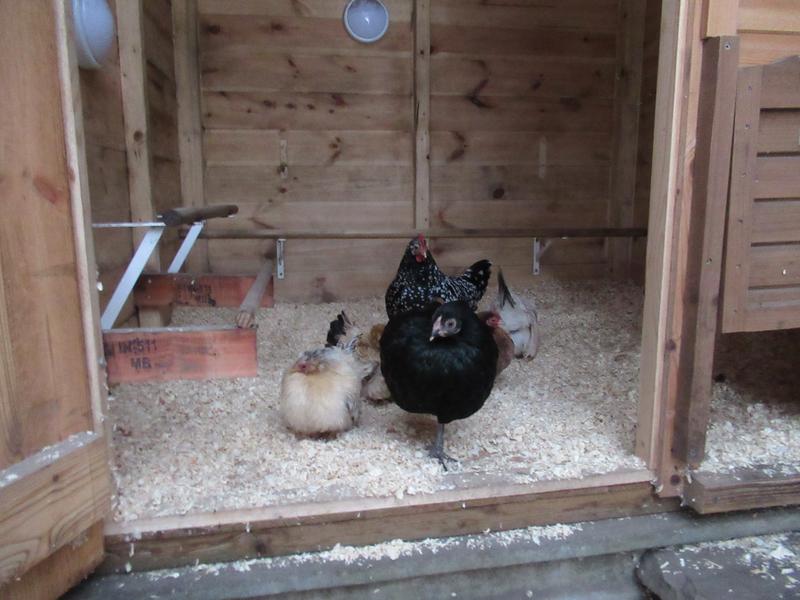
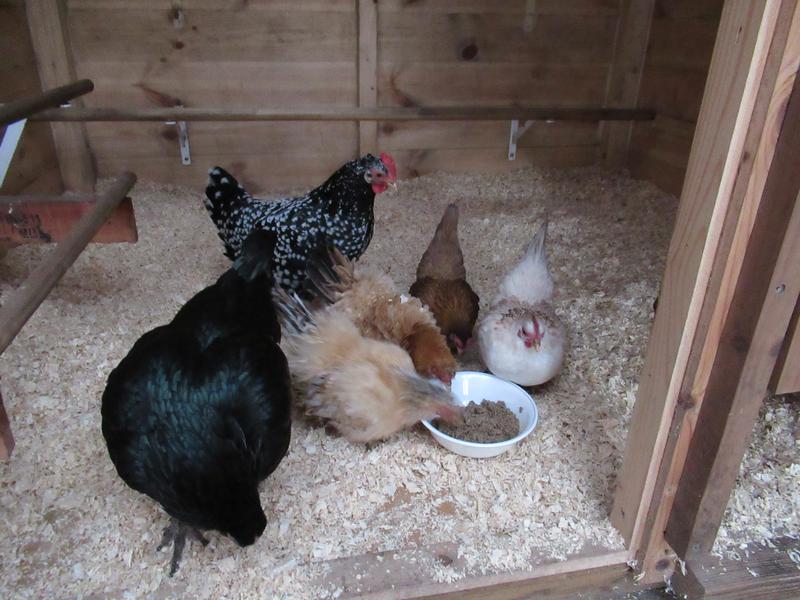


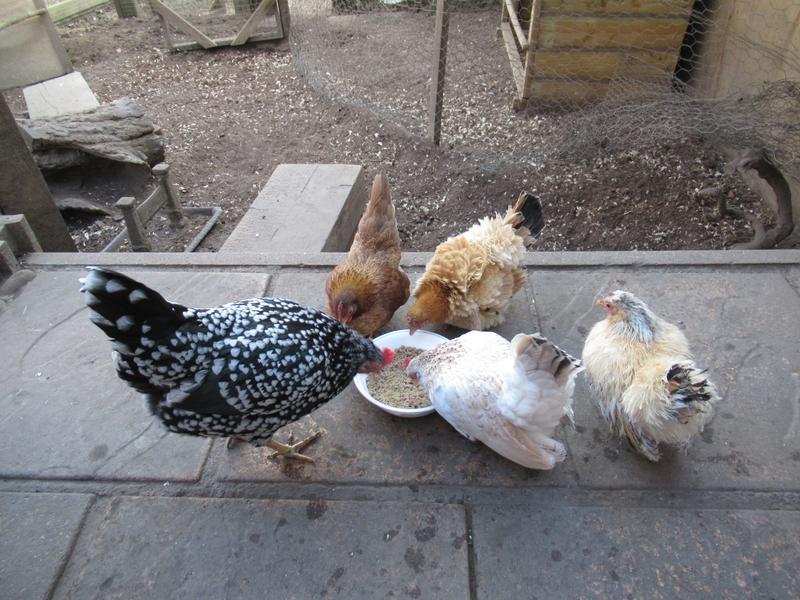
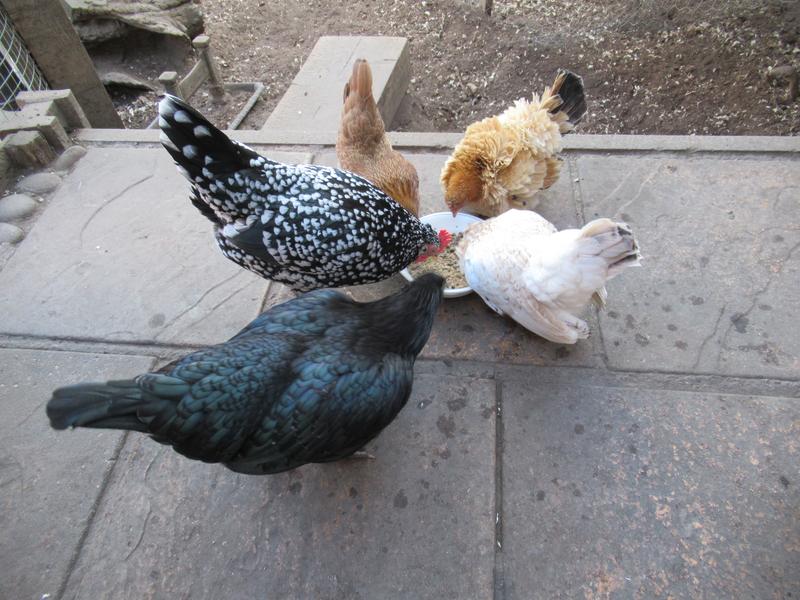

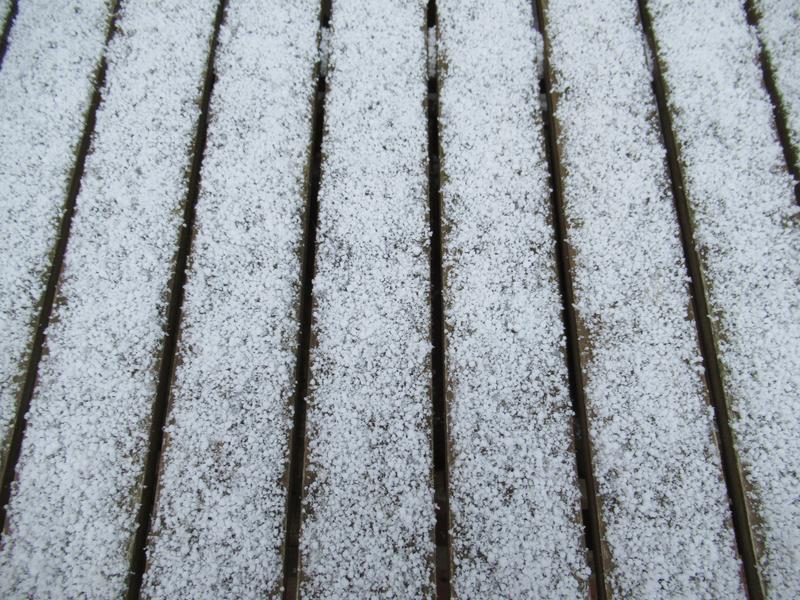


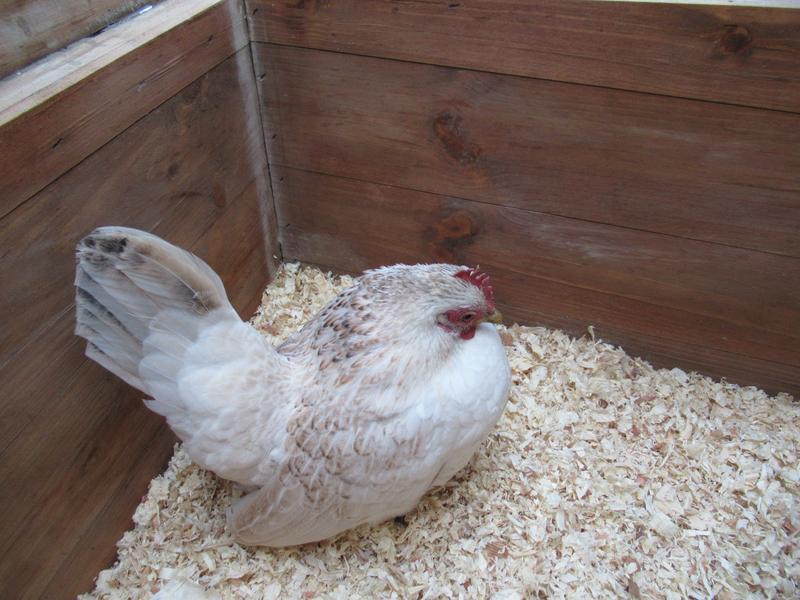
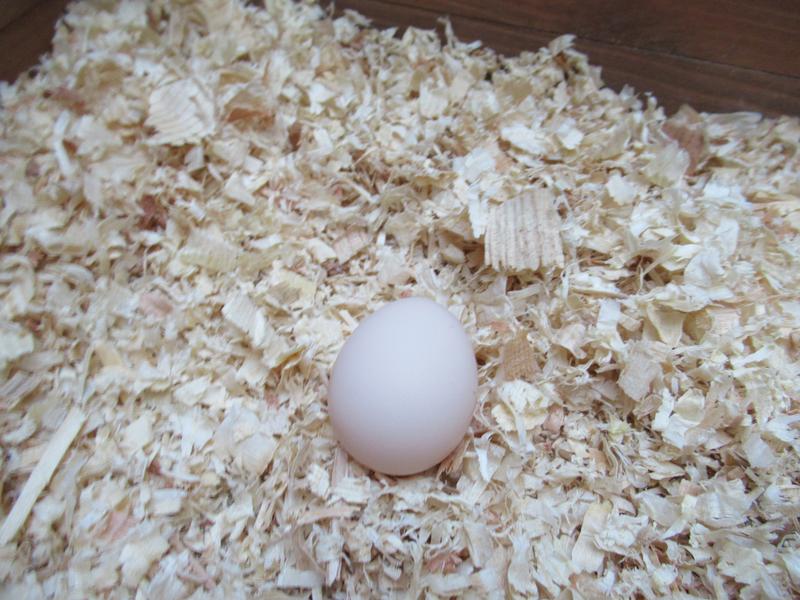
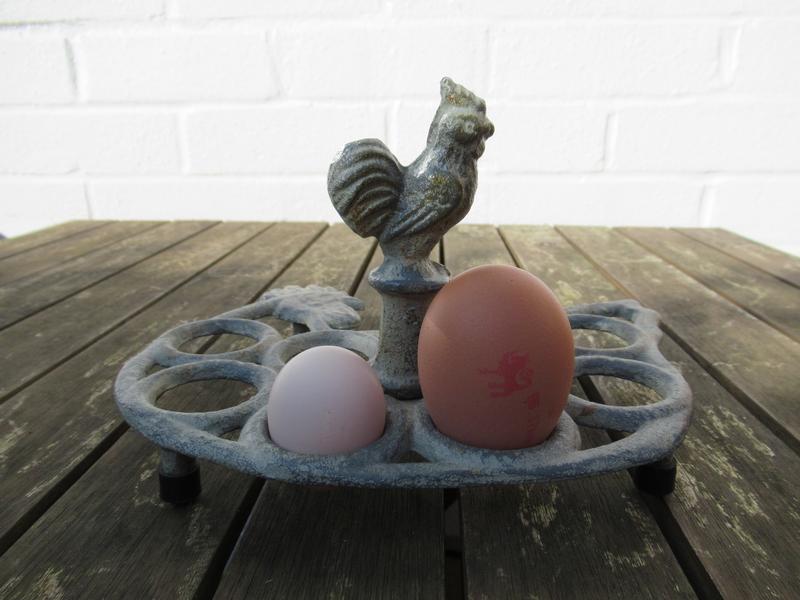
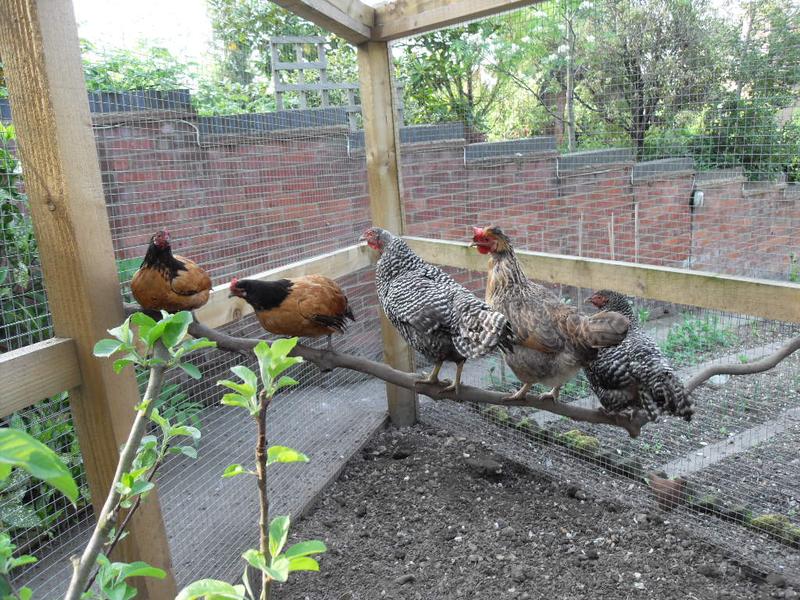 Click here to see the history of my flock.
Click here to see the history of my flock.